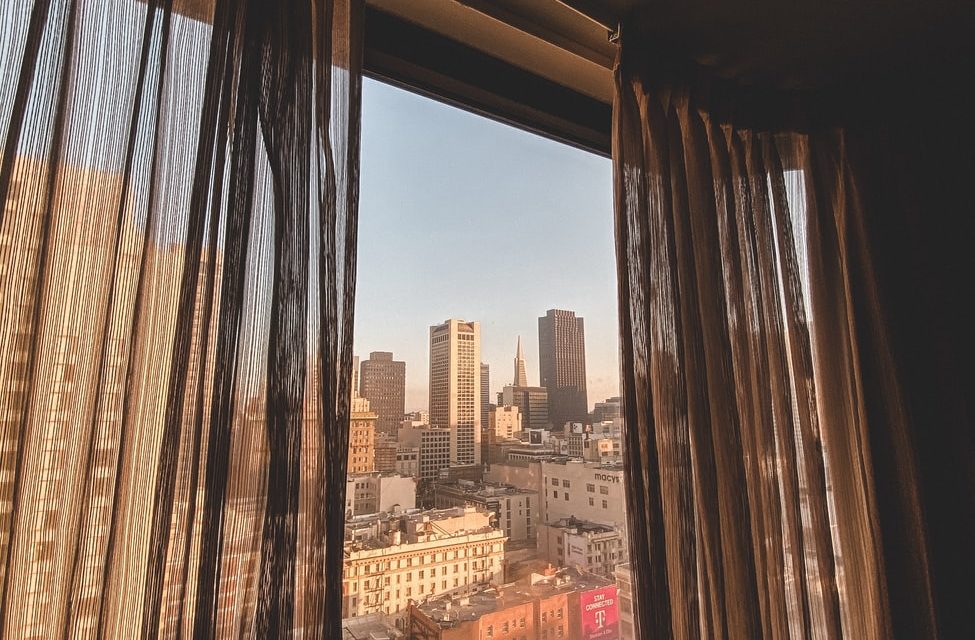[ad_1]
Very unique artistic batiks are produced on the Island of Java. Java is located in Indonesia. The batiks are created by artisans-considered skilled dye masters. The persons incorporating this process are considered dyers. They develop new and intriguing looks and styles, on different fabrics. The idea is to create something new and exciting as it applies to adding value to what is not yet referenced within the industry of fabrics and textiles.
When creating a batik it is most imperative to explore a batik that has not yet been presented within the world market. The preceding goal should be the objective of the skilled Batik artisan-Dawn Michel Ryan
The fabric, when creating the most original of Batiks is highly original or unique. The fabric is hand-dyed multiple times. Many different artisans work on various portions of the fabric. The work, on the island, is performed outside. This infers that the type of weather, on the island, will influence the end result of the art performed. The process is by hand and is a very expert and specialized process.
Consistency is a foremost objective as it applies to the pattern and color. It is important that variations in color are subtle. The preceding means that the consumer, purchasing a bolt of the fabric, will not purchase any two bolts that are precisely alike. There are always slight variations, when viewing the art from bolt to bolt and from one color to the next. The variations have something to do with interactions of the hand processes and what occurs with regard to climatic conditions on the island and nature. The variation is what makes Batik a thing of beauty.
The Process of Batik:
The word Batik originates in Java and Indonesia. It is descriptive of a colored fabric and associated process of producing patterns, by making use of fabric dyes and wax, in way of creating the design. The multi-colored batik makes allowance for the manufacture of very complex patterns which look very much like paintings.
The process of Batik is one that is highly traditional. The artisan makes use of wax and dyes in order to attain colorful and intricate patterning. The tradition of the art is the most prevalent on the Indonesian Island of Java. This process has been handed down on a generational basis. It is the vocation of Indonesian Village women. The process has evolved from a hand-drawing technique referred to as Batik Tulis. The designs, with regard to this technique, are hand drawn onto the fabric. Next, the Batik cap process was employed. In this process, designs are stamped onto a machine. Special copper stamps are used. The preceding stated, the traditional process of Batik tulis is still in practice, in some communal areas; however, the process is not as much of a commonality as years ago.
The long process of making a length of Batik cloth begins with the cloth. Only the best quality cloth, making use of the finest Batik, is generally incorporated into the process. The preceding refinement is referred to as Primisma quality. It is followed by Prima quality, biru (blue) quality, and then merah (red) quality-which is the most rustic of quality types.
Batik tulis is the oldest form of batik production within Indonesia. Wax is either written or drawn (tulis) onto a length of fabric. The fabric is initially washed. It is then kneaded and dried. A paste made of rice or cassava and oil is applied to the fabric in order to halt the wax from penetrating the fabric fibers. The process of pattern-making is then performed in several phases.
The first stage is mencanting. The design phase makes use of wax designs. The designs are applied to the fabric. When the designs are applied, a traditional tool referred to as a canting, is used in the process. This is a tool which consists of a wood handle, and a small cup made of metal. The cup is filled with the melted wax. The wax is heated and dripped out of the canting spout and onto the fabric. The wax or malam-Javanese translation, is traditionally beeswax. The waxed area of the fabric is protected from the dye during the dyeing process.
The second phase of the process is referred to as mewarna. This process involves coloring the fabric. The fabric is dyed using natural dyes, originating from plants. The areas which are waxed are protected from the dyes; and remain free of the color.
The fabric is now dyed. While the wax is still on the fabric, it is dried. The word for drying is mengering. It is soaked in a color fixing agent. (The word for this phase is memati warna).
The fabric is washed (membasuh dan membilas) in water that is neither too cold or too warm. The temperature of the water is significant in order not to melt the wax.
The dye and wax process is repeated several times. This dyeing and color fixing, along with washing, is repeated until each color, as to the design, is applied and the desired pattern is completed. Sometimes, during the process of dyeing, the wax is accidentally cracked by the dyer. This is okay, because a special effect is artistically achieved. The effect is referred to as: menyapu lilin.
During the final phase, the wax is scraped off, with a knife, by the artisan. The fabric is boiled (merebus) in order to remove the wax which remains.
Conclusively, the designer may wish to learn the traditional process or work, exclusively, with Batik artisans on the Island of Java. The persons who create these beautiful Batiks are truly some of the world's most significant artisans.
[ad_2]
Source by Dawn M Ryan


